|
|
| Sei in: Cinema e Medioevo ® Indice alfabetico dei film |
The Luttrell Psalter Film
2007, regia di Nick Loven

Scheda: Nazione: GB - Produzione: Wag Screen and Crow’s Eye Productions (Pauline Loven, Chris Roberts, Jo Sullivan, Nick Loven) - Distribuzione: libera su Youtube, e su DVD (con 48' di extras) da Wag Screen - Soggetto: dal trecentesco Salterio di Sir Geoffrey Luttrell of Irnham - Fotografia: Nick Loven - Montaggio: Nick Loven - Costumi: Pauline Loven, Jo Sullivan - Musiche: medievali; coro diretto da Kate Wiyney - Formato: Color, corto, documentario - Durata: 20'.
Cast: Mick Paine, Will Turland, Jamie Rae-Smith, Neil Parker, Jack Greene, Joe Henson, Mike Caunter, Jonathan King, Roy Haynes, Benedict Martin, Annie Walker, Rika Koerte, Pauline Loven.
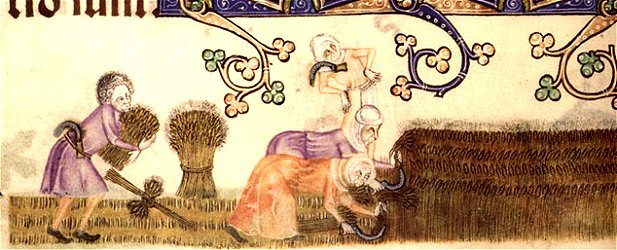
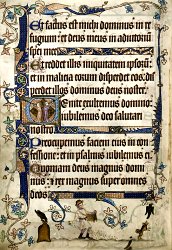
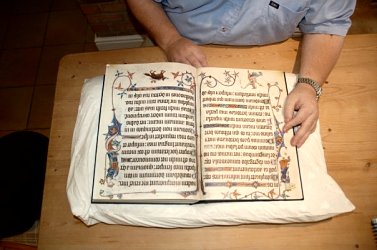

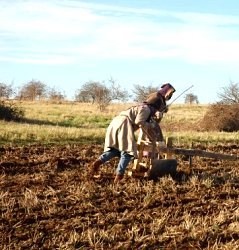
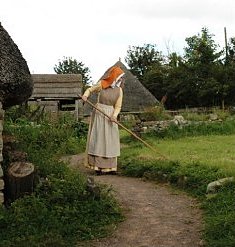
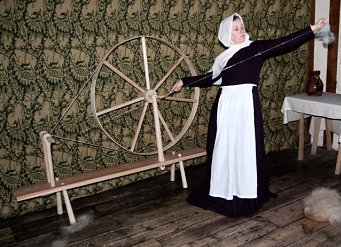
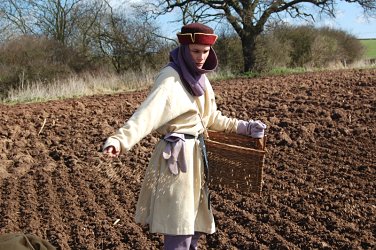
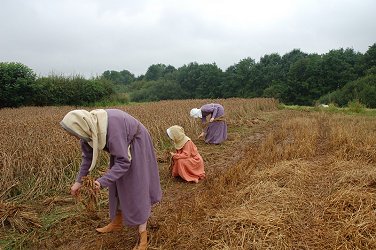


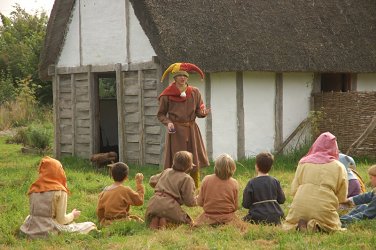
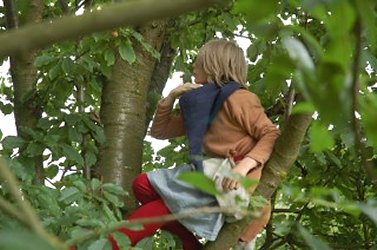
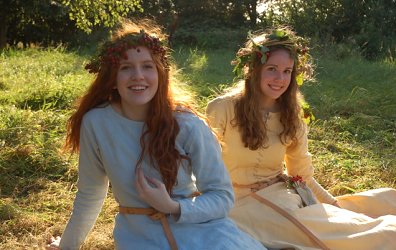
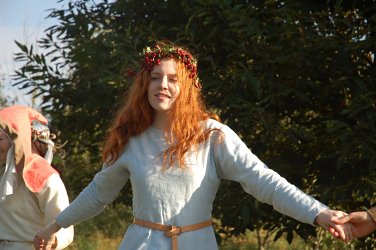
![]() Trama e commenti:
ilpalazzodisichelgaita.wordpress.com: «A
volte il lavoro di ricostruzione storica può riservare delle sorprese. E una
sorpresa è certamente questo cortometraggio, iniziativa del regista inglese Nick
Loven. Il regista si è avvalso anche della collaborazione di musei e gruppi di
ricostruzione e di archeologia sperimentale, e infatti il film fu presentato in
occasione della Marsh Archaeology Award competition del 2007. Ma questo non è
semplicemente un “esperimento di rievocazione storica” o un documentario: è una
pellicola intrisa di poesia. Racconta la nascita di un’opera d’arte, il Salterio
commissionato nel Trecento da Sir Geoffrey Luttrell of Irnham, nobile del
Lincolnshire; e lo racconta senza parole inutili, lasciando parlare le immagini
ambientate nei parchi naturali del Lincolnshire, con musiche e silenzi che
ricordano molto “La Genesi” di Ermanno Olmi. L’artifex bonus fissa nelle
miniature di un manoscritto ciò che vede ogni giorno intorno a sé. Non ha
bisogno di inventarsi chissà che cosa, gli basta qualcosa che oggi non si sa più
fare: sapersi meravigliare di fronte alla bellezza della realtà».
Trama e commenti:
ilpalazzodisichelgaita.wordpress.com: «A
volte il lavoro di ricostruzione storica può riservare delle sorprese. E una
sorpresa è certamente questo cortometraggio, iniziativa del regista inglese Nick
Loven. Il regista si è avvalso anche della collaborazione di musei e gruppi di
ricostruzione e di archeologia sperimentale, e infatti il film fu presentato in
occasione della Marsh Archaeology Award competition del 2007. Ma questo non è
semplicemente un “esperimento di rievocazione storica” o un documentario: è una
pellicola intrisa di poesia. Racconta la nascita di un’opera d’arte, il Salterio
commissionato nel Trecento da Sir Geoffrey Luttrell of Irnham, nobile del
Lincolnshire; e lo racconta senza parole inutili, lasciando parlare le immagini
ambientate nei parchi naturali del Lincolnshire, con musiche e silenzi che
ricordano molto “La Genesi” di Ermanno Olmi. L’artifex bonus fissa nelle
miniature di un manoscritto ciò che vede ogni giorno intorno a sé. Non ha
bisogno di inventarsi chissà che cosa, gli basta qualcosa che oggi non si sa più
fare: sapersi meravigliare di fronte alla bellezza della realtà».
![]() Plot Summary, Synopsis, Review: luttrellpsalter.wordpress.com -
digitalcultureonline.blogspot.it -
profileengine.com -
facebook.com -
pinterest.com -
thelovens.co.uk:
«Guided by the detailed and often humerous images of everyday life from the
Luttrell Psalter, The Luttrell Psalter Film gives us a unique glimpse of
a year in the life of a medieval village. Filmed over four seasons, it shows the
changing landscape, with its wildlife and flowers, and the daily activities
which dominated the lives of our medieval forefathers. This 20 minute film draws
on over 35 different images from the margins of the landscape, allowing the
people of the Psalter to walk out from its vellum pages. The film features an
original sound track of medieval music and 48 munutes of extras including an
interviw with Michelle Brown (medieval manuscript expert and author of the text
accompanying the Luttrell Psalter facsimile) and behind the scenes
mini-documentaries».
Plot Summary, Synopsis, Review: luttrellpsalter.wordpress.com -
digitalcultureonline.blogspot.it -
profileengine.com -
facebook.com -
pinterest.com -
thelovens.co.uk:
«Guided by the detailed and often humerous images of everyday life from the
Luttrell Psalter, The Luttrell Psalter Film gives us a unique glimpse of
a year in the life of a medieval village. Filmed over four seasons, it shows the
changing landscape, with its wildlife and flowers, and the daily activities
which dominated the lives of our medieval forefathers. This 20 minute film draws
on over 35 different images from the margins of the landscape, allowing the
people of the Psalter to walk out from its vellum pages. The film features an
original sound track of medieval music and 48 munutes of extras including an
interviw with Michelle Brown (medieval manuscript expert and author of the text
accompanying the Luttrell Psalter facsimile) and behind the scenes
mini-documentaries».
wagscreen.blogspot.it: «‘I suppose I was expecting the standard documentary-style piece, with voiceover, pieces to camera, intercut with a couple of re-creations of medieval life. That's certainly a film they could have made, but instead they've made a deceptively simple 20 minute film recreating scenes from the Luttrell Psalter in an effort to transport us back 600 years. No plot, no narration, not many words at all. As a result, if you just view the film, it's a very impressionistic experience. Oxen, breath steaming in the cold Lincolnshire air, haul a crude but familiar-looking plough across a field. A young boy vaults up a tree to steal some cherries, narrowly escaping a wrathful farmer. Chickens scratch around a farmyard. A wronged wife belabours her penitent husband with a stick. We're left to have our own opinions on how like these people we are and how unlike. How hard life must have been and how rewarding. The film took 2 years to make, on a budget that wouldn't normally cover the costumes, and the makers travelled to the North West to film red squirrels, to Wales to find a medieval village, and to London to find a scriptorium. This truly was a labour of love, and it shows on the screen. For those unfamiliar with the book, the interview with the ever-watchable Michelle Brown is required viewing, and helps relate the book to the film. So as a piece of film-making, experimental archaeology, pedagogy and indeed art, the film is an unlikely success. I hope the team put a copy online soon and it gets the wider audience it deserves’» (Michael Stocking).
Segnalato da Federica Garofalo.